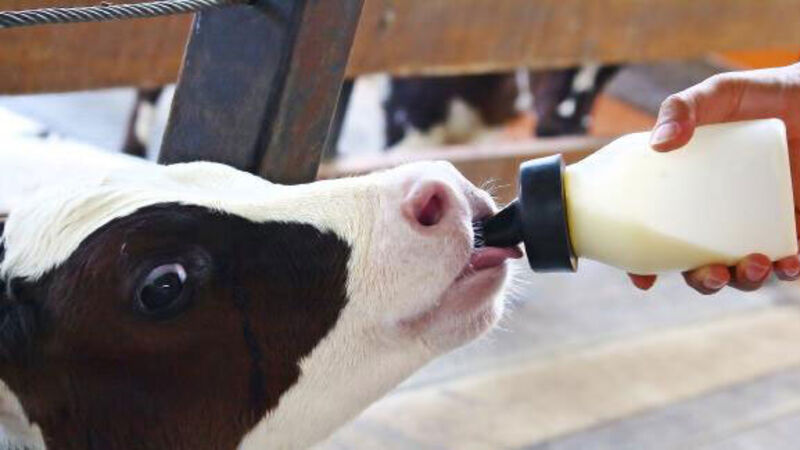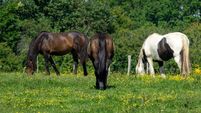Veterinary advice: Role of the vasectomised bull in efficient breeding

With the breeding season rapidly approaching for spring calving farms, we need to make some savings.
A cow calving in May is estimated to make €400 less profit per lactation than a cow calving in February, due to higher feed costs and reduced yield.













